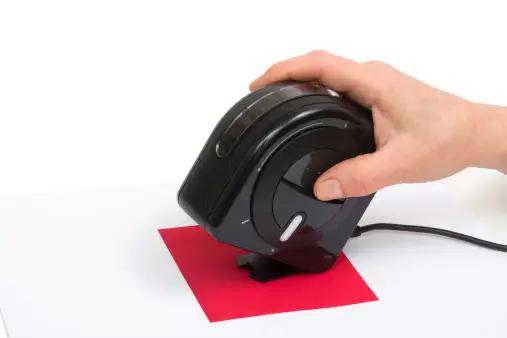Last updated on January 10th, 2024 at 08:51 am
When it comes to creating custom t-shirts for your business or personal use, there are two main printing methods to choose from: silk screen and digital printing. Each method has its own unique advantages and it’s important to understand the differences between them in order to make the best choice for your specific needs.
Silk Screen Printing
Silk screen printing, also known as screen printing or serigraphy, is a traditional method of printing on fabrics that has been around for centuries. It involves using a screen made of silk or other fine mesh fabric, where the design is transferred onto the screen and then ink is pushed through the screen onto the fabric below. This process can be done manually or with the use of automatic machines, depending on the complexity of the design and the volume of t-shirts to be printed.
Advantages of Silk Screen Printing
One of the main advantages of silk screen printing is its versatility. It can be used to print on a wide range of fabrics, including cotton, polyester, and synthetic blends. This method also allows for more vibrant and long-lasting colors, as the ink is absorbed by the fibers of the fabric rather than just sitting on top.
In addition, silk screen printing allows for more customization options, as it can be used to create designs with special effects, such as metallic or glow-in-the-dark ink. It is also a cost-effective option for bulk orders, as the per-unit cost decreases with higher quantities.
Digital Printing
Digital printing, also known as direct-to-garment (DTG) printing, is a newer technique that involves using a specialized printer to print the design directly onto the fabric using water-based inks. This method is similar to printing on paper, but with the use of specialized ink that is designed to bond with fabric fibers.
Advantages of Digital Printing
The main advantage of digital printing is its ability to produce high-quality, full-color designs with intricate details and gradients. Unlike silk screen printing, there is no limit to the number of colors that can be used. This makes digital printing a great option for custom designs or photographs.
In addition, digital printing is a faster and more efficient method, as the design can be printed directly onto the fabric in one step. This also allows for smaller orders, as there is no need for setup or special equipment. It is also a more eco-friendly option, as it uses water-based inks that are safer for the environment.
Frequently Asked Questions
What type of designs are better suited for silk screen printing?
Silk screen printing is better for simple designs with solid colors and thick lines. This method is not ideal for detailed designs or photographs, as it cannot accurately reproduce subtle color variations.
Is there a difference in the quality of the final product between silk screen and digital printing?
Both methods can produce high-quality results. The quality will depend on the type of design and the expertise of the printing company. It’s important to discuss your specific needs with your printing provider to determine which method is best for your project.
Which method is more cost-effective for bulk orders?
Silk screen printing is generally more cost-effective for bulk orders, as the setup costs per unit decrease with higher quantities. However, it’s always a good idea to get quotes from several printing companies to ensure you are getting the best price for your specific project.
Ultimately, the best method for your t-shirt printing needs will depend on your specific design, budget, and timeline. By understanding the differences between silk screen and digital printing, you can make an informed decision and get the best results for your custom t-shirts.



